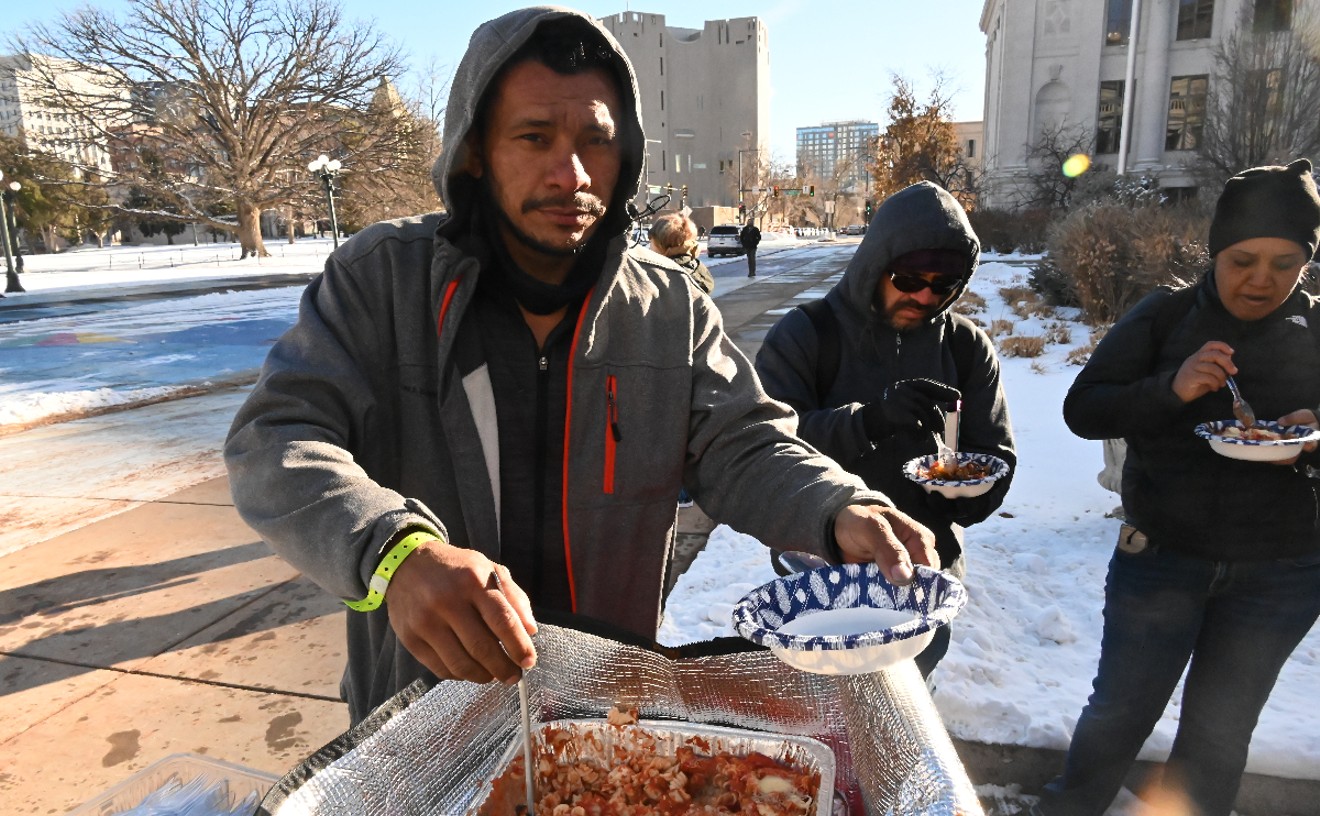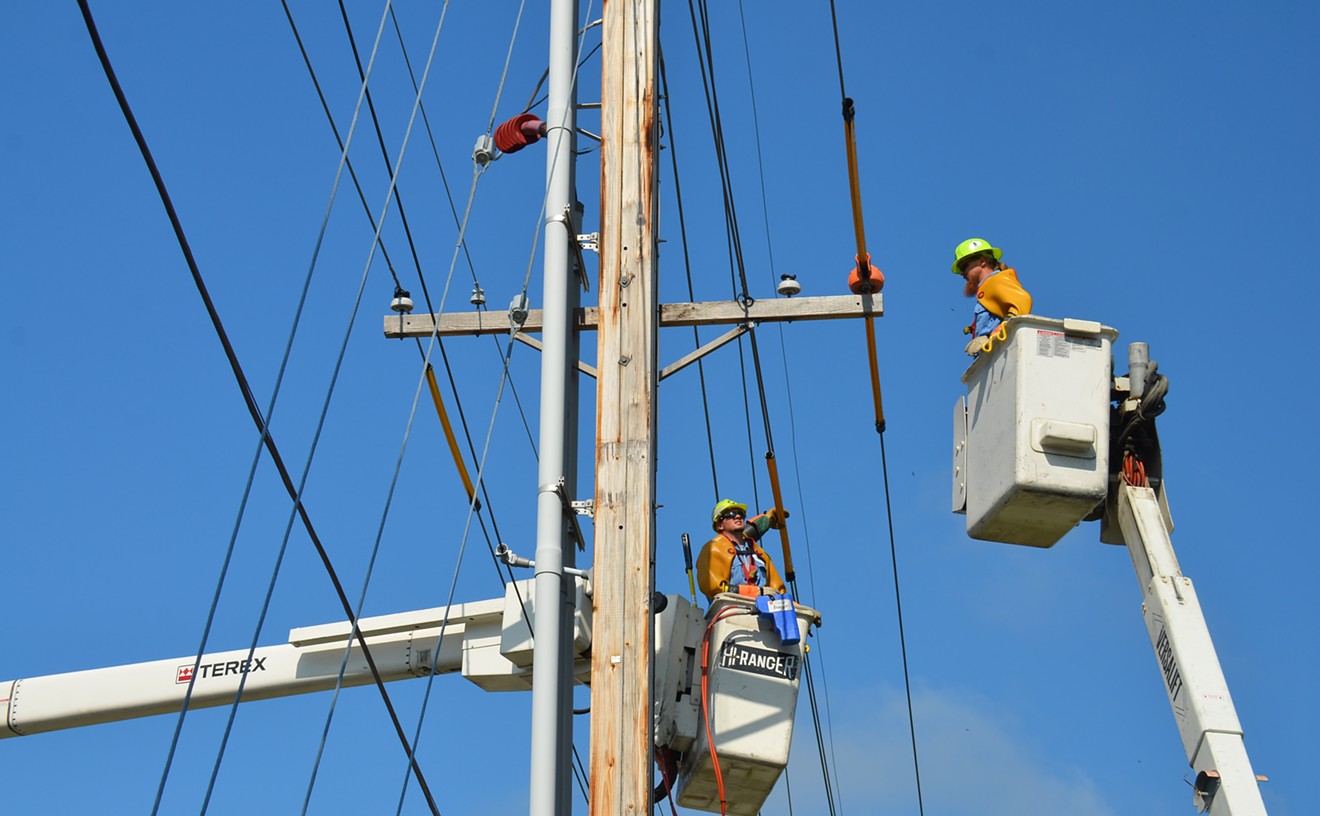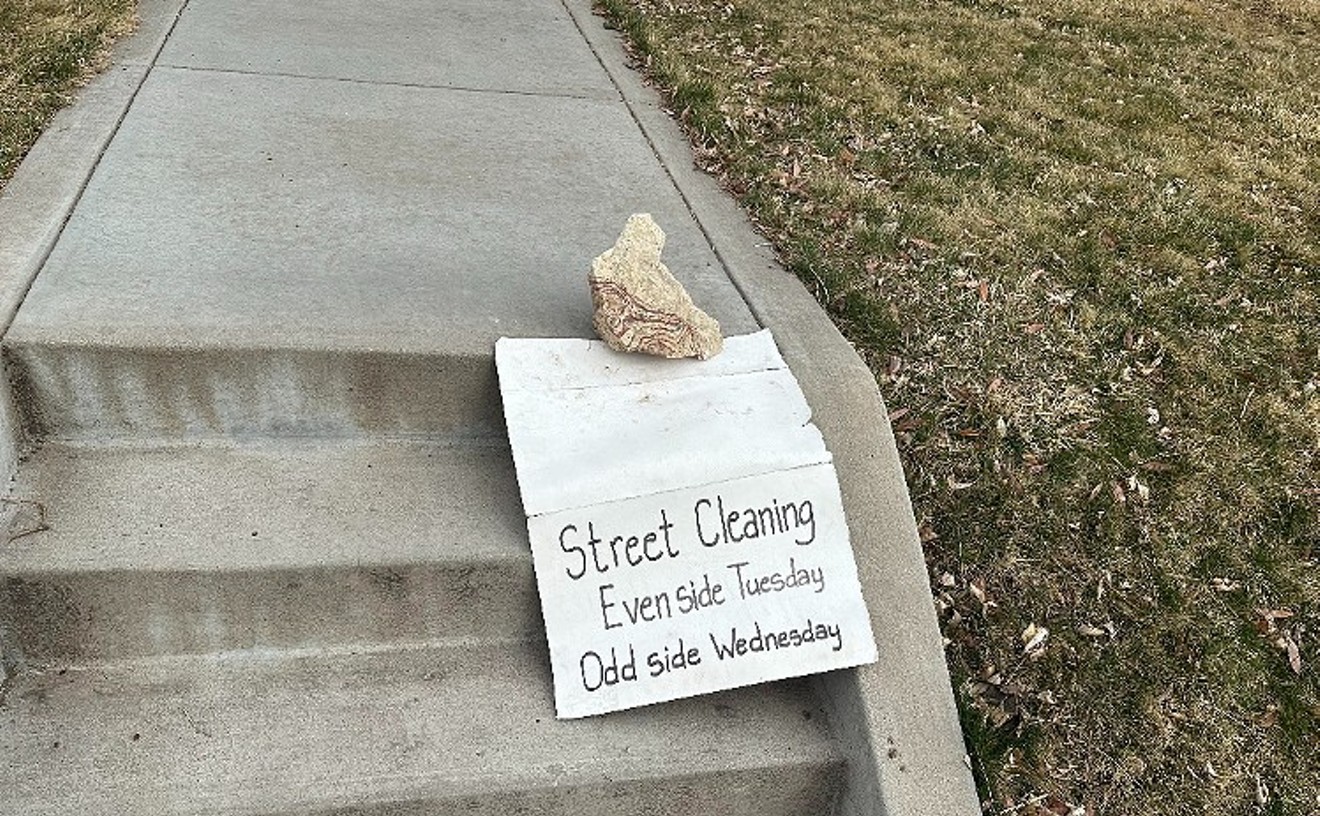A lawsuit filed by a teenager against the Denver Police Department could have an impact on officers' use of an antiquated weapon.
Fourteen-year-old Anthony Fernandez alleges that he suffered serious spine and head injuries during an arrest in April when Officer Thomas Bogart struck him with a leather sap. Bogart used the sap, a flat piece of lead wrapped in a long leather casing, while being bitten in the arm by the teen.
Designed specifically to create incapacitating impact, saps are familiar to most people from Depression-era mobster movies and old detective novels depicting a time when the bludgeoning tool was used by thugs and cops alike. But those days are long gone nearly everywhere – except in the Mile High City.
Denver is the only major police department in the nation that still allows saps to be carried and used by officers. In an otherwise glowing report issued in June on the use of deadly force at the DPD, the Police Assessment Resource Center singled out the department’s failure to prohibit saps as a pressing concern. A sap causes "serious debilitating head injuries and routinely knocks subjects unconscious," said the report, which also pointed out that cities like San Diego banned the use of saps by officers thirty years ago.
According to Denver police spokesman John White, the city does not collect data on how many officers in Denver are armed with saps. Unlike guns or batons, saps are not issued by the department, he says, "but officers are permitted to purchase and use [saps] in the line of duty." White adds that an officer’s immediate supervisor would be aware if he or she was carrying a sap or other allowable weapons.
According to department policy, saps must be "commercially manufactured" (as opposed to homemade) and cannot be longer than 12 inches or wider than three inches. The department also allows billy clubs, flashlights and ninja-style nunchucks as "impact tools/devices" – all of which are strongly discouraged by the National Law Enforcement Policy Center.
The department does have guidelines on how impact tools/devices should be used:
"If a person forcefully resists and/or attacks an officer or other person, an officer is permitted to strike the person with an impact tool/device, provided the officer uses reasonable care to confine such strikes and power levels, to the areas of the body which, if struck, are not intended or likely to cause serious bodily injury. The head and neck shall not be intentionally struck with the impact tool/device, unless the officer is justified in using deadly force."
So by this definition, an officer can only hit a suspect on the head or neck with a sap if he is justified in using deadly force. Such action is only warranted if the officer believes his life is in immediate danger, as in cases where a cop shoots a suspect who points a gun his way.
When he was being bitten by Fernandez, did officer Bogart believe his life was in such danger that he felt it necessary to hit the fourteen-year-old in the neck with a sap?
Bogart originally came in contact with Fernandez on the evening of May 23, after the officer responded to complaints of juveniles tagging graffiti in Bear Creek Park. When Bogart pulled up in his patrol car, Fernandez and other youths began to run. The lawsuit alleges that Bogart tackled and "forcefully slammed his knee" into Fernandez’s back, causing so much pain the teenager "reflexively and involuntarily" bit Bogart in the arm.
"Officer Bogart became enraged and punched [Fernandez] in the head numerous times and struck him with his leather sap," states the lawsuit, which says Fernandez, who was treated at Denver Health, suffered injuries to his spine, face and head.
DPD Internal Affairs declined to investigate Bogart’s conduct on the grounds that the use of the sap was necessary to get Fernandez to release his bite. Certainly, the officer had to do something to get the kid off his arm. But as PARC president Merrick Bobb told Denver City Council during his deadly force report presentation, saps "have potential for much more serious head injury" than less lethal compliance weapons like pepper spray and tasers.
It’s baffling why the Denver police would be so far ahead of the curve in some use-of-force policies and procedures – such as the elaborate checks-and-balance system for police shootings – and still cling to an anachronistic bludgeon tool popularized in the 1920s.
There may be one reason why. One of the most popular sap models sold around the world is affectionately called the "Denver Sap." Read below for the full sap-related text from PARC’s report on the DPD.– Jared Jacang Maher
Another highly disfavored impact weapon is the sap or black jack. It causes serious debilitated head injuries and routinely knocks subjects unconscious. Denver appears to be the only major police department in the United States that continues to permit police officers to use saps as impact weapons. They have fallen out of use throughout California and elsewhere since the 1970s. They are widely seen as unacceptable, and the IACP National Law Enforcement Policy Center advocates that police departments "ban the sue of several types of weapons. These include slapjacks, blackjacks, brass knuckles, nunchucks, fighting stars, and other martial arts weapons. In addition, police agencies should consider serious limitations on the use of the police flashlights as an impact weapon."By still allowing saps or blackjacks, the DPD stands nearly alone. A 1994 study conducted by the Institute for Law and Justice (ILJ) – the most recent data available – shows that only 8.8 percent of municipal police forces still issue blackjacks to their officers. And in an ILJ survey of 228 police departments in cities with populations of 200,000 or greater, less than 1 percent indicated that they continue to issue blackjacks to their officers. San Diego banned the use of saps 30 years ago. Philadelphia banned them in the 1990s. California, like many other states, bans saps, and there is apparently no exemption for police officers.
We recommend that the DPD address whether there is any convincing rationale for the use of this particularly injurious impact weapon and, if not, ban it.










